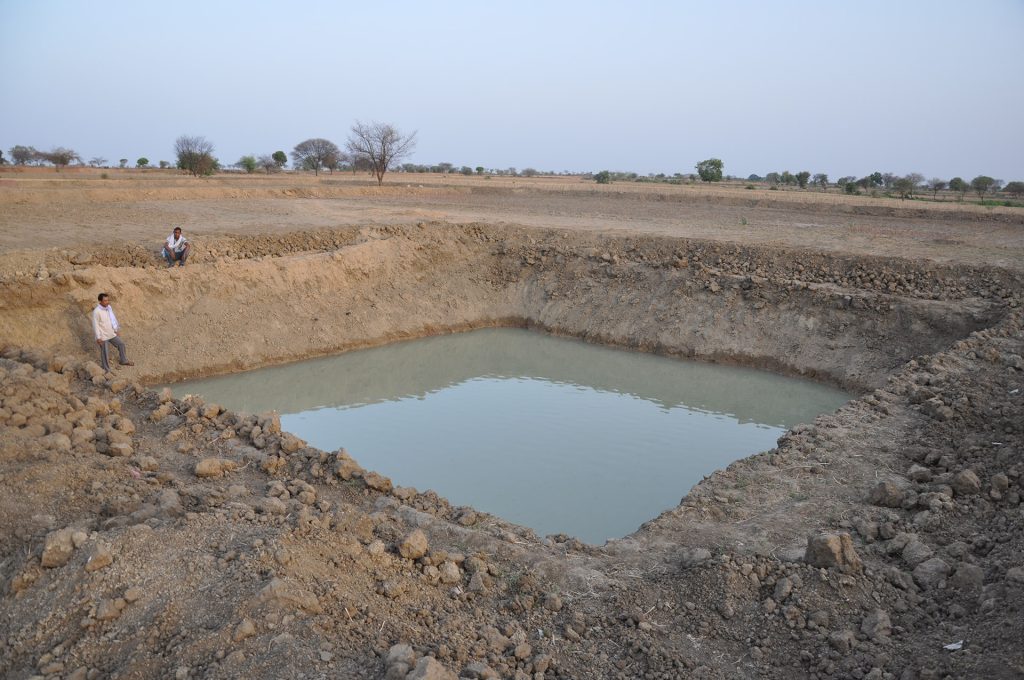Natural Resource Management
Objectives
- Prevention, Protection and Preservation of ever degrading natural resources such as land, soil texture, soil moisture, water levels, forest cover, livestock etc.
- Improve villager’s control over sources of water and introduce water harvesting measures
- Increase irrigation potential of villages
- Generate awareness on practices for conservation of natural resources and rights of weaker sections over common property resources such as land and water

Interventions
- Formation of Land and Water Management Committees and training of these committees
- Formation of Watershed Committees
- Formation of Common Property Resources Management Committees
- Exposure visits
- Training Programs on different models of techniques of water conservation and protection of natural resources, livestock and fodder management, rights of weaker sections on common property resources, and various government schemes for the same
- Organization of veterinary camps
- Developing IEC material
- Organization of awareness campaigns using local folk songs, drama, poster exhibitions, competitions in schools
Outputs
- Formation of 7 Land and Water Committees in 7 villages
- Formation of 3 Watershed Committees
- Formation of a Common Property Resources Management Committee in 1 village
- 500 water and soil conservation structures constructed such as check dams, gully plugs, percolation tanks etc.
- 50 dug wells deepened
- 1 percolation tank dredged
- 15 community wells constructed
- No. of vermi-compost units developed-15
- 105 organic manure / NADEF units developed
- Government resources mobilized for construction of water and soil conservation structures-Rs. 20 million
- 3000 trees planted and 10 percent of trees survived after 3 years
- 3500 milch animals treated
- 1200 farmers using livestock management practices
- 1500 hectares of land brought under soil and water conservation measures such as nalla bunding, continuous contour trenches etc.
Impacts
- 7 villages with improved irrigation facilities
- 700 villages with increased land under irrigation
- Increase in no. of farmers taking two crops per year-400 farmers
- Increase in yield [2 quintal / per acre] for 2 major crops
- 7 villages mobilized on the rights of weaker sections over common property resources
- Reduction in no. of families migrating per village-30 families per village
- Increase in income of 600 families due to natural resources management
- 5 active natural resources management committees in 5 villages
- Increased participation of weaker sections [women and schedules castes ] in natural resources management committees
